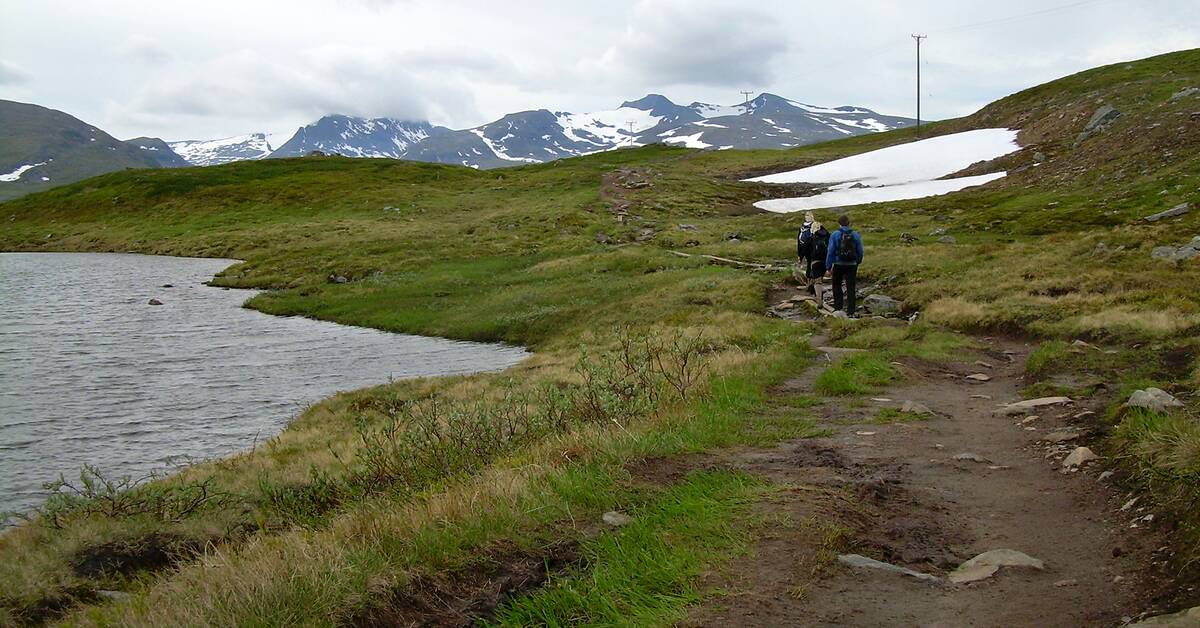The forced relocation of Sami in the early 20th century has attracted attention in Elin Anna Labba's August-awarded book "The gentlemen put us here".
The Sami hiking trails will now be mapped in the research project "Sámi trail of tears walking trail".
The purpose is to create conditions for a hiking trail through the interior of northern Sweden that follows the route that the forcibly displaced Sami were forced to take.
The idea comes from two Sami entrepreneurs in Kiruna.
- This needs to come from Sami actors.
I would not have been able to do this project if the idea had not come from them, says Richard Ek, professor of cultural geography at Karlstad University.
Different tourism
By going to historical archives at the county administrative boards and the Sami Parliament, the researchers will map out how these hiking trails went.
The forced relocations from northern Norrbotten lasted for decades and some families moved as far south as to Västerbotten and Jämtland.
The hiking trail, which will be designed based on the survey, is intended to attract people who are interested in what is called contemplative tourism.
Richard Ek believes that in these post-covetous times there is an interest in other forms of tourism at the same time as it takes place in a spectacular environment.
- It must be taken care of by those who know the history of the trails and who can act as guides.
With this hiking trail, the Sami are given the opportunity to tell about their history and culture, he says.
Cooperation with Australia
Similar forms of tourism have long existed in Australia, Canada and to some extent in the United States, but not in Northern Europe.
The project will also collaborate with Australian researchers who have studied how the indigenous people there were forced out of their original places and who have experience of tourism development.
- This is a way to develop a tourism that benefits the indigenous people and do it in a morally defensible way, says Richard Ek.

